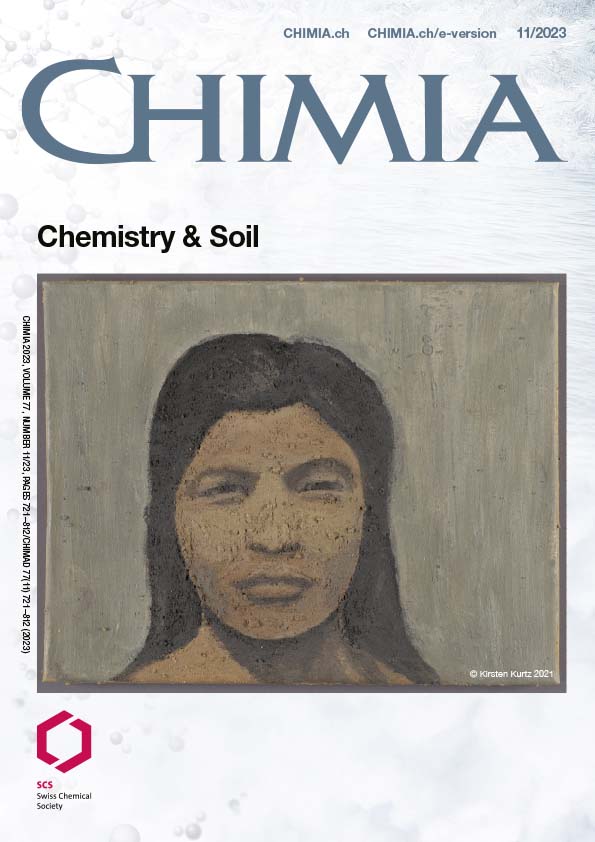Water-soluble and Water-dispersible Polymers Used in Commercial Agricultural Formulations: Inventory of Polymers and Perspective on their Environmental Fate
DOI:
https://doi.org/10.2533/chimia.2023.764PMID:
38047844Keywords:
Agricultural additives, Biodegradation, Environmental fate, Water-dispersible polymers (WDPs), Water-soluble polymers (WSPs)Abstract
Agricultural formulations contain water-soluble and water-dispersible polymers (WSPs and WDPs) to increase the application efficiency of the active ingredients (e.g. pesticides and fertilizers). Despite their direct release to soils and crops, there is currently no inventory of used polymers and their fate in soils is poorly studied and understood. Herein, we identify WSPs and WDPs used in agricultural formulations on the German and Swiss markets. By searching the scientific literature, patents, and manufacturer websites, we tentatively identified that 233 of the 1815 listed trade names of formulation additives contained polymers, the majority of which belonged to three main chemical classes: polyethylene glycol (PEG)-based (co)polymers, functionalized polysaccharides (PSacs), and vinylic (co)polymers (VCPs). We report information on their functionalization, molecular weights, and market significance. In 2015, their estimated combined annual application volume in Switzerland surpassed 100 tonnes. Low molecular weight PEGs and natural, unfunctionalized PSacs reportedly biodegrade, suggesting no accumulation in soils associated with their use as formulation additives. Conversely, high molecular weight functionalized PEGs, functionalized PSacs, and the majority of the VCPs have been reported to undergo only slow or no soil biodegradation. These polymers may thus persist and accumulate in agricultural soils, requiring more detailed investigations of their environmental fate and resulting exposure scenarios. There is a need for systematic studies on the effects of polymer structure, molecular weight, and functionalization on soil biodegradability.
Downloads
Additional Files
Published
How to Cite
Issue
Section
License
Copyright (c) 2023 Kevin Kleemann, Michael Sander

This work is licensed under a Creative Commons Attribution 4.0 International License.







